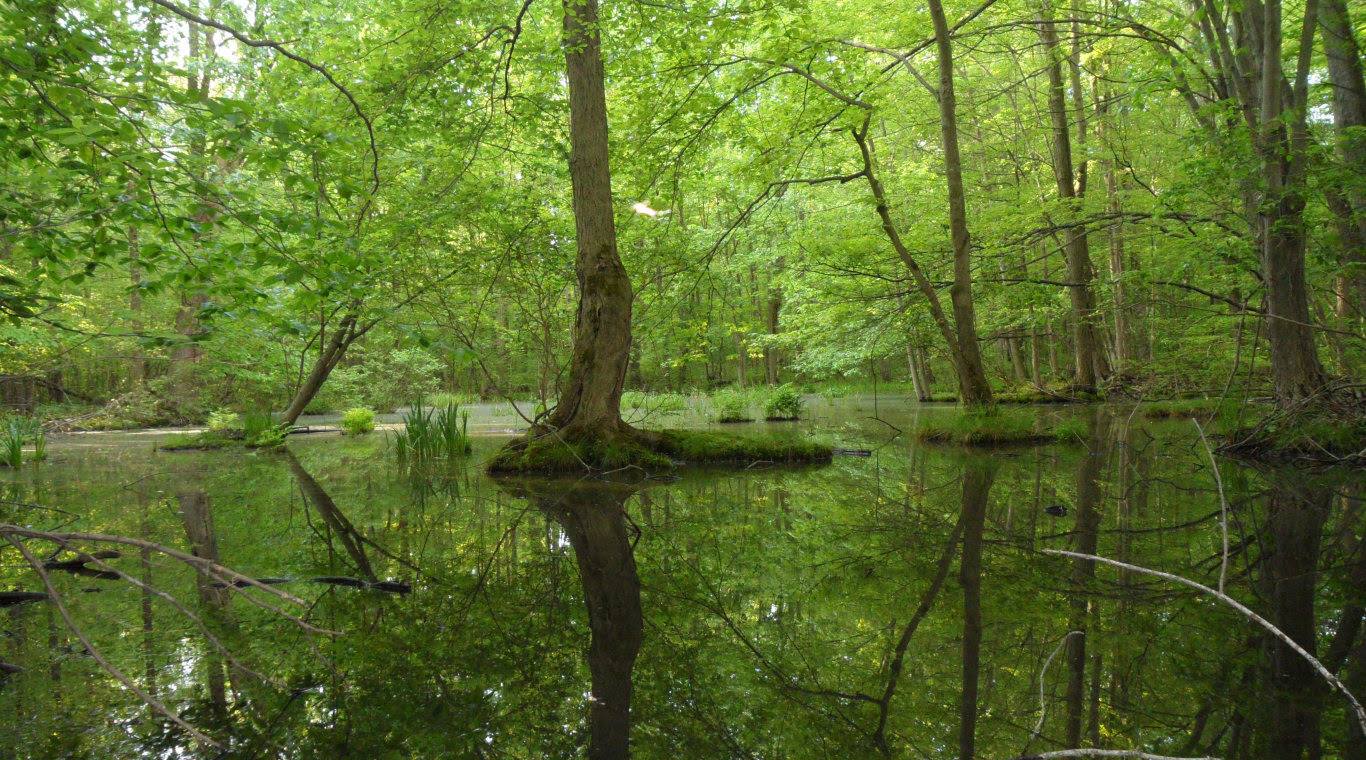Dangerous Environmental Consultations Result in Conservationist Victories
Dangerous Environmental Consultations Result in Conservationist Victories

On July 20, 2017 the release of the “Ontario’s Wetland Conservation Strategy” marked a major conservation victory. It was the happy ending of a five year battle that pitted conservationists against land development lobbies, marked by two public consultations requested by developers. One was a review of the Conservation Authorities Act. The other was a review of Ontario Wetland policy.
The intent of the two reviews was to weaken Ontario’s wetland protection system. It is the strongest and most scientifically driven aspect of southern Ontario’s land use planning system. Wetland protection safeguards the habitats of endangered species threatened by urban sprawl. Shaped by scientifically trained wetland evaluators, it is not subject to the intrigues of municipal councils and the machinations, dependent on the availability and qualification debates over proffered expert witnesses, of the Ontario Municipal Board (OMB).
Unlike looser land use planning controls in other parts of Ontario, in the southern parts of the province, outside of the Canadian Shield, once identified Provincially Significant Wetlands (PSWs) become protected from site alteration (i.e. urbanization). These protected wetlands are mapped by public servants working for the Ministry of Natural Resources and Forestry (MNRF).
In developing wetland scoring what is critical to MNRF’s 600 point scoring system are various features to protect bio-diversity. One is the presence of Species at Risk. Another is the presence of rare ecological communities.
I became convinced of the value of the current wetland protection system as a result of my nine year battle to protect the 484 acre Thundering Waters Forest in Niagara Falls. Through a 2008 appeal to the Ontario Municipal Board (OMB), we were able to trigger a process which led to much of the Thundering Waters Forest becoming a protected PSW. This was largely because of the presence of the provincially threatened Black Gum and the then regionally rare Blue-spotted Salamander. While MNRF was responsible for the wetland re-evaluation, they were assisted by quite brave ecologists working for the NPCA. There are also provincially rare Buttonbush and Rufus Bull Rush ecological communities which boosted point scoring.
The odious agitation led by developers was unleashed following the 2010 wetland re-evaluation that rescued Thundering Waters Forest. First there was a firing of NPCA staff who worked with MNRF in the wetland re-evaluation, a process justified by its Strategic Plan. Then the business community of Fort Erie, led by its Chamber of Commerce, launched a campaign for the elimination of PSW protections within urban boundaries.
Pressure from developers and their municipal council allies, who controlled the NPCA board, resulted in a review of the Conservation Authorities Act and the provincial Wetland Policy. This sought to weaken wetland protection. It was hoped that protected PSWs in Niagara Falls and Fort Erie, largely Pin Oak dominated swamps, full of vernal pools, which provide critical habitat for species such as the declining Western Chorus Frog, would be opened up for development. During this time of policy debate the Thundering Waters Forest was sold by Mountain View Homes to the Chinese owned GR Canada Investments.
A critical element of the developers’ strategy was securing changes to the Conservation Authorities Act. What was sought was a change in law that would allow the conservation authorities to conduct wetland evaluations. It was hoped by developers that this would get protective PSW designations changed by the harassment of conservation authority staff bullied by municipal politicians. Such bullying has caused the Ontario Public Service Employees Union (OPSEU) to describe the work environment of these agencies as toxic.
Developers failed totally in their schemes to change the Conservation Authorities Act. Powers to conduct wetland mapping and evaluation remained in the hands of MNRF.
The only changes that are being made to the Conservation Authorities Act as a result of public consultation are those which will increase provincial oversight of authority boards. These are spelled out in draft legislation called the Building Better Community and Conserving Watersheds Act. The legislation was provoked by outrage over efforts to reduce wetland protection by municipally controlled conservation authority boards. One of its key features is giving MNRF power to enact bylaws to compel authorities to disclose information related to their programs.
Developers failed also to gut wetland polices to subvert the strict no site alteration provisions for PSW lands. This was proposed in a public discussion paper to modify wetland policy through what was termed, “Bio-Diversity Offsetting.” Under this proposal previously protected wetlands could be destroyed if claimed to be replicated, or “offset” elsewhere.
What helped increase opposition to offsetting protected wetlands was a proposed “pilot” project in Thundering Waters. These protected wetlands are predominately an old growth swamp oak forest. They are the most challenging type of wetland to replicate. The slow growing nature of oaks has resulted in many failures to offset such wetlands in the United States.
The proposed pilot project resulted in two massive protests. These filled the council chambers of the Niagara Region and the City of Niagara Falls. As a result proposed council motions that suggested the province endorse the pilot project were withdrawn. The maladroit effort also encouraged massive public input into both the wetland policy and conservation act governance consultations, which had previously drawn little public attention.
The reaffirmation of the wetland policy was done through a government news release that accompanied it on the subject of “Conserving Wetlands to Fight Climate Change.” The key language of affirmation is there, even if buried on page 48 of the PDF version and page 42 of the printed version. It pledges that the government will be “Providing provincial oversight to improve conservation authorities while not reducing protection for those wetlands already protected by provincial policy (e.g. provincially significant wetlands, coastal wetlands protected by the PPS, 2014)”


